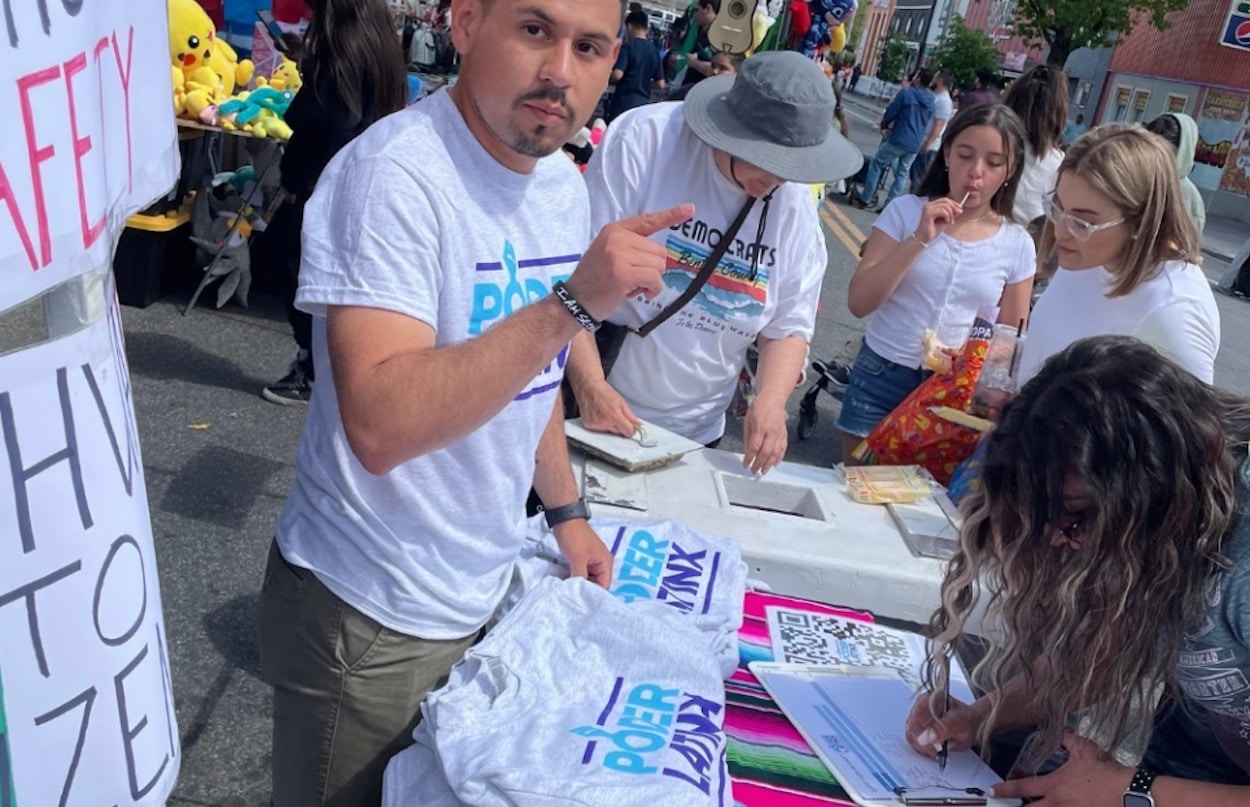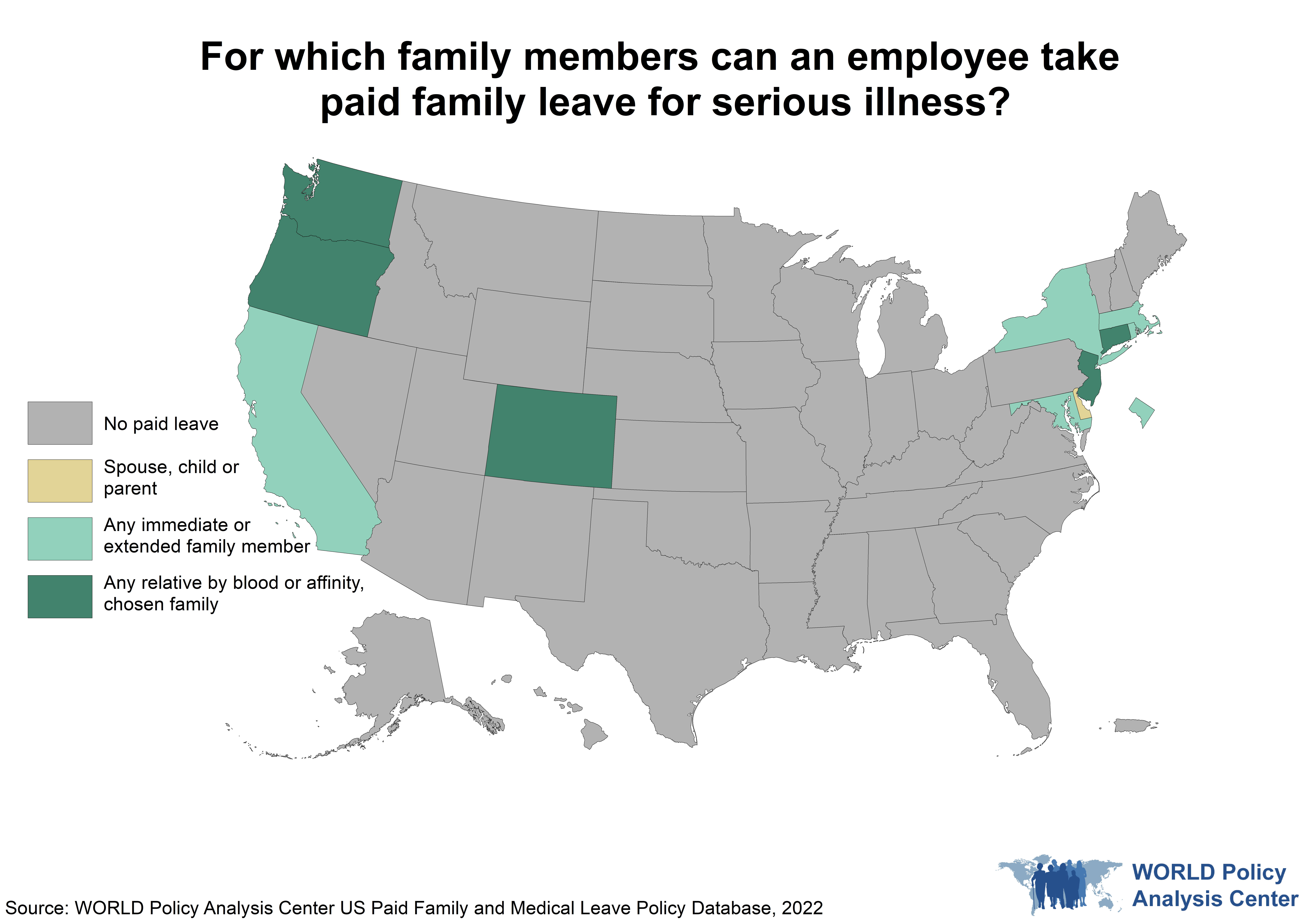Are State Paid Leave Policies Equitable?

Thirty years ago, Congress passed the Family and Medical Leave Act (FMLA)–which was both groundbreaking for the U.S. at the time and woefully insufficient to meet workers’ health and economic needs. Besides being unpaid, the FMLA also leaves out workers who work for small businesses, need to care for extended family or an equivalent person, or work part-time. The stringent eligibility requirements exclude half of U.S. workers overall and contribute to racial and gender gaps in access: Latinx workers are least likely to meet the minimum employer size requirement, and women are much more likely than men to be excluded because of their hours of work. Moreover, the fact that the FMLA leave is unpaid puts it out of reach for the majority of America’s workers–disproportionately Black and Latinx households given the U.S.’s massive racial wealth gap.
With no national paid leave policy, states are increasingly adopting their own–but are they passing policies that effectively close these gaps?
A new collaborative project by Family Values at Work and the WORLD Policy Analysis Center sheds light on this question. We looked systematically at every paid leave policy adopted by U.S. states, the District of Columbia, and Puerto Rico through December 2022, and examined what share of workers met each core eligibility requirement for leave in each state by race/ethnicity, gender, and education level. We also looked at whether taking leave was affordable, based not only on the amount of pay workers would receive while on leave, but also whether they would be guaranteed a job to come back to.
What we found is that every state with a program provided greater access to leave than the FMLA, and most substantially narrowed the biggest gaps driving inequities in access. Nevertheless, many states have maintained policy choices that perpetuate disparities–and the complexity of leave laws within individual states has created a challenging system for workers to navigate.
California provides a powerful example. Nearly all private sector and self-employed workers in California––96%––are eligible for paid leave to care for their own serious illness, that of a family member, or to bond with and care for a new baby. This means that the state’s paid leave laws cover 6.2 million more California workers than the FMLA. This is a dramatic expansion that has already improved health, women’s economic outcomes, and the ability to age at home. Moreover, California is leading in making paid leave affordable, joining five other states and D.C. that replace 90% of income for the lowest earners.
At the same time, because job protection is governed by a separate law with different eligibility criteria, 5.2 million California workers have access to paid leave but could lose their jobs if they take it. This reflects a trend across states. More than half of states with paid medical leave provide job protection to only a fraction of the workers who qualify, creating a major barrier to leave access in practice.
What’s more, among the states that still limit eligibility for paid leave and/or job protection to workers with significant work histories, higher earnings, or larger employers, the consequences for equity are apparent: workers with less formal education and people of color face particularly high risks of exclusion. As just one example, across the 12 states studied with paid medical leave, gaps in job protection based on education range from 5% to 32%. Our analysis finds that the keys to making paid leave equitable include full access to leave, job protection for all workers, and expanded definitions of family for caregiving purposes.
All states that have passed some form of paid leave, as well as D.C. and Puerto Rico, deserve recognition for filling a critical gap in federal law and reducing the inequities in leave access. States that have yet to pass leave should follow in their footsteps and guarantee both adequate income during leave and job protection. At the same time, even those states that have been leaders on leave can learn from each other about how to further build on the tremendous progress they’ve made so far. To truly advance health equity and economic security for all workers, paid leave must be universal–inclusive of all, affordable to all, and easy to access.
